Air exchange in dentistry: norms and subtleties of arranging ventilation in a dental office
The ventilation system in the premises is designed to provide continuous access to fresh air and remove from the room exhaust, saturated with carbon dioxide. Also, due to the systematic replacement of air inside a closed room, the microclimate is maintained and the bacteria and mold negatively affecting the health are prevented.
Compliance with the norms for ventilation systems is especially relevant in medical institutions. Thus, sanitary and epidemiological requirements regulate air exchange in dentistry, thereby contributing to the provision of the necessary microclimate of the room for dental treatment.
This article will examine in detail the requirements established by law for the arrangement and operation of ventilation systems in dental offices.
The content of the article:
Sanitary requirements for cabinet ventilation
The main standards for the premises in which dentists' offices are organized are developed and fixed at the legislative level inSanPiN 2.1.3.2524-09.
You should definitely familiarize yourself with this document in order to have a general idea of how the ventilation system in the dental office should be arranged.
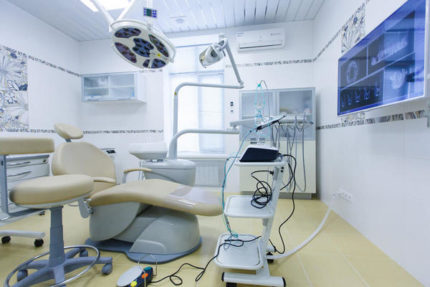
The requirements specified in the document for compliance with hygiene standards, the placement of equipment and the organization of ventilation of dental offices are reduced to the mandatory fulfillment of the following:
- ensuring the temperature regime in the room in the range from 18 to 23 degrees in the winter and from 21 to 25 degrees in the summer;
- ventilation should be designed in such a way as to exclude the transition of air masses from "dirty" zones to "clean", that is, the hood should be designed so that air does not flow directly to the treatment site;
- conducting systematic monitoring of compliance with regulatory indicators of microbial contamination of air in the room and in the ventilation ducts;
- ventilation can be both natural and forced, but separate fromcommon house ventilation systems;
- installation of an autonomous ventilation system for rooms used under dental laboratories;
- availability of openable windows, regardless of type installed ventilation system.
It is worth noting that in order to maintain the temperature regime in dental offices it is allowed to use air conditioning systems built into ventilation systems.
At the same time, filters are changed at least once every six months.
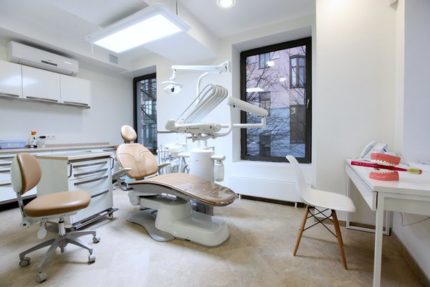
The document also provides for special cases for dental offices located in administrative buildings or on non-residential floors of residential apartment buildings.
They say the following:
- if there are less than three dental chairs, it is possible to organize ventilation of the room due to natural ventilation or an opening window transom;
- when more than three dental chairs are in the room, it is mandatory to organize a systematic change of air through the use of supply and exhaust ventilation. In this case, fans must be used that provide a 2/3 air exchange rate (two by air flow, 3 by its exhaust per hour);
- the ventilation system in dental offices with four or more dental chairs should go separately from the ventilation of a residential apartment building.
It is worth noting that in the absence of autonomous ventilation ducts in dental offices, the use of special devices with photocatalytic filters through which the hood extends from the room.
Arrangement of ventilation in the dental office
Properly functioning ventilation that meets all the established standards described above is a paramount condition for obtaining a license to organize dental services in an operated room.
The design and installation of ventilation must be taken very responsibly and, if possible, attract third-party highly specialized organizations.
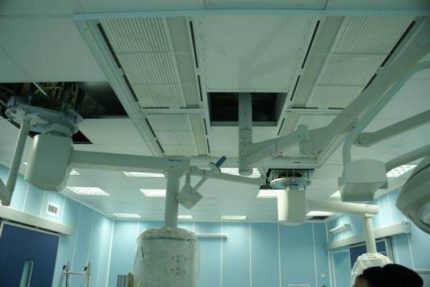
Before starting work, it is necessary to carry out calculations in which you need to consider:
- the future flow of visitors to the dental office - the number of chairs, the number of medical personnel, the duration of use of the office in time for one day;
- the amount of installed equipment and the possible load on the power grid;
- the local climate, in order to comply with the established temperature and humidity conditions indoors at different times of the year;
- the quality of the material from which ventilation will be performed and the functionality of the equipment included in the ventilation system;
- necessary air exchange rate in the dental office.
It should be noted that the maintenance of ventilation equipment in dental offices should be carried out in accordance with established standards, unless otherwise specified in the recommendations of the equipment manufacturer.
When mounting exhaust ventilation, the distance between the place of intake of external air and the place of discharge of the exhaust air into the atmosphere should be considered.
The distance from each other along the horizontal plane should be at least 10 meters, and vertically spaced from each other by at least 6 meters.If the exhaust air is drawn to the roof of the building, then the height of the ventilation duct must be at least one meter from the roof of the roof.
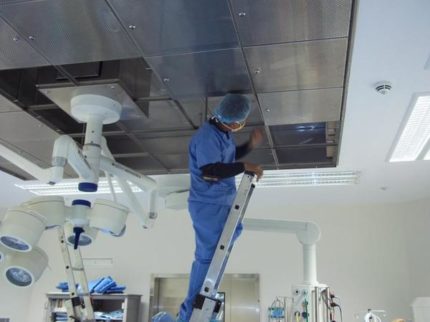
The installation of filters for cleaning the air discharged from the ventilation depends on the calculations made for the protection of atmospheric air. For dental clinics and rooms with more than three seats, the installation of filters is required.
Dental ventilation requirements do not include ventilation chambers for exhaust systems.
Another requirement that is not spelled out inSanPiN - this is the noise level of the supply and exhaust ventilation. When purchasing fans that provide air inflow and outflow, you should pay attention to the vibration and noise caused by them during operation.
They must fit into the established requirements for ventilation systems prescribed in SP 336.1325800.2017 - from 35 to 45 dB.
Features of ventilation in dentistry
As mentioned above, ventilation systems of dental offices affect the receipt of a license for medical services. At the same time, the ventilation itself undergoes a certification procedure.
This procedure is carried out already upon completion of work. system installation. The ventilation system passport is updated annually and is valid for only one year.
To obtain a new passport for the next year, the following work must be done:
- Disinfection system.
- Cleaning filters.
- Verification of work efficiency.
- Resolving all identified issues.
The procedure for certification of ventilation is simplified by the conclusion of a service agreement with the company that carried out the work.
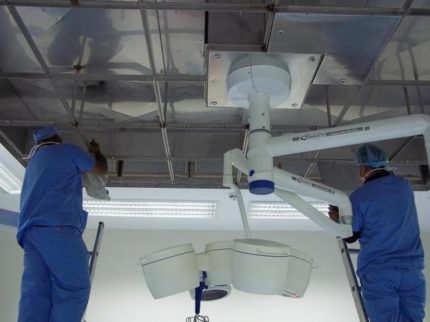
Another feature of dental ventilation systems is the need to heat the air supplied to the room. This measure is extremely necessary in places with a harsh climate and is provided by special devices that are built into the ventilation system.
In places with a warmer climate, additional heating of the air entering the room is not required. For places with a hot climate, it is possible to integrate duct coolers in the ventilation systems.
The ventilation grill should be located in the upper area of the room. In dental offices equipped with an X-ray, it is advisable to opt for supply and exhaust ventilation.
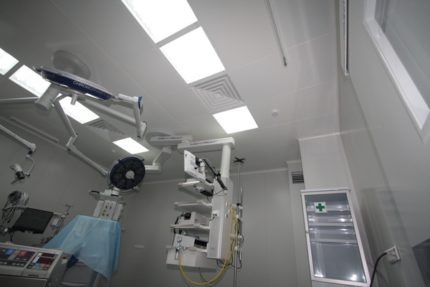
To place the equipment involved in the ventilation system, it is necessary to allocate utility rooms, access to which should be limited, and their placement should not be adjacent to the room where dentists carry out medical work.
All ventilation ducts must be ceiling-mounted in corridors and workrooms. They must be hidden, that is, sheathed with a false ceiling.
Conclusions and useful video on the topic
Features and some tricks of installing ventilation in dentistry are presented in this video:
You can watch an engineering drawing of the structural arrangement of ventilation in dentistry in this video:
The ventilation system plays a major role in maintaining the desired microclimate in the dental office. Proper ventilation prevents the appearance of unwanted bacteria and contributes to maintaining the health of both dental personnel and those undergoing treatment.
That is why such close attention is paid to its installation, installation and operation, and regulatory authorities systematically check the compliance of ventilation with the standards established by law.
If you can supplement our material with interesting information on the topic of the article or want to ask a question. Please leave your comments in the box below.

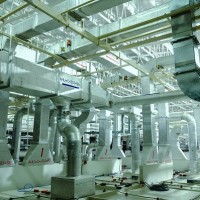 Requirements for ventilation of public buildings: subtleties of arrangement and design of ventilation
Requirements for ventilation of public buildings: subtleties of arrangement and design of ventilation  Standards for ventilation and air conditioning: air exchange in rooms for various purposes
Standards for ventilation and air conditioning: air exchange in rooms for various purposes  Requirements for air humidity in the catering unit: norms and rules for arranging ventilation in the catering unit
Requirements for air humidity in the catering unit: norms and rules for arranging ventilation in the catering unit 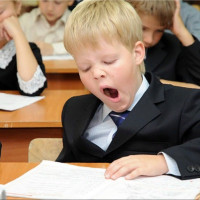 Checking ventilation at school: norms and procedures for checking the effectiveness of air exchange
Checking ventilation at school: norms and procedures for checking the effectiveness of air exchange 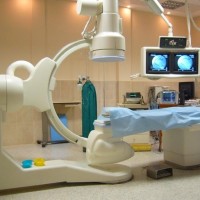 Ventilation and air conditioning for medical institutions: rules and features of the arrangement of ventilation
Ventilation and air conditioning for medical institutions: rules and features of the arrangement of ventilation 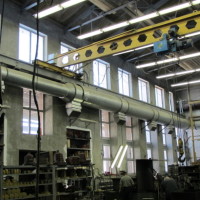 Ventilation of a room with gas-using equipment: design standards + arrangement rules
Ventilation of a room with gas-using equipment: design standards + arrangement rules  How much does it cost to connect gas to a private house: the price of organizing gas supply
How much does it cost to connect gas to a private house: the price of organizing gas supply  The best washing machines with dryer: model rating and customer tips
The best washing machines with dryer: model rating and customer tips  What is the color temperature of light and the nuances of choosing the temperature of the lamps to suit your needs
What is the color temperature of light and the nuances of choosing the temperature of the lamps to suit your needs  Replacement of a geyser in an apartment: replacement paperwork + basic norms and requirements
Replacement of a geyser in an apartment: replacement paperwork + basic norms and requirements